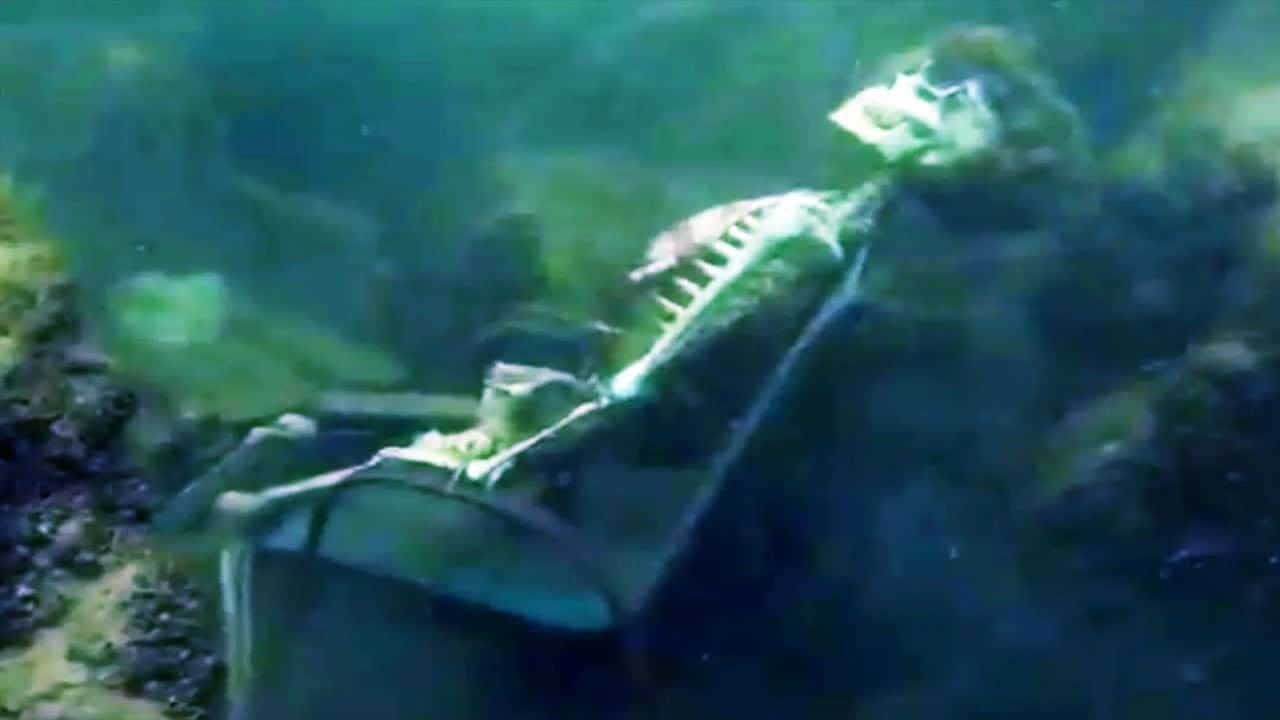Got hit with error code 526? Don’t sweat it! This little gremlin usually means there’s a hiccup with your website’s SSL connection, and I’m here to help you untangle that mess and get your site back on track.

Key Takeaways:
- Understanding Error Code 526: This error indicates that the SSL handshake between your website and the server has fallen flat, which means potential security issues for your visitors.
- Common Causes: The culprit could be anything from a misconfigured server to missing SSL certificates, but worry not! Identifying the cause can guide you to the solution.
- Importance of SSL Certificates: These digital certificates are like the bouncers at your website’s door, ensuring that only the right folks get in (and that nobody’s snooping around). Protecting your site should be a top priority!
Understanding Error Code 526
Alright, let’s dive into what error code 526 really means. Picture your website as a fabulous party. Everyone’s ready to groove, but there’s this one guy – your origin server – who forgot to dress up for the occasion. Well, in this case, that guy is not configured correctly to support SSL connections. Without that handshake, guests (your visitors) get turned away at the door! So, when you see the 526 error, it’s a red flag waving in your face, hinting that something’s not right in the SSL kingdom.

Common Causes of Error Code 526
You know how sometimes a computer just decides to not cooperate? Well, there are a few usual suspects when it comes to error 526. First up, there’s misconfiguration. It’s like trying to use a blender to make toast – not gonna work! An absent SSL certificate could also be a villain in disguise. Finally, maybe your origin server is just plain down for the count! If it can’t establish a secure connection, it’s going to play hard to get.

How to Fix Error Code 526
Now, let’s get down to brass tacks. Fixing error code 526 isn’t rocket science, but it does require a bit of elbow grease. Start by checking if your SSL certificate is valid and installed correctly. If it’s missing in action, it’s time to purchase a new one or reboot the old buddy. Next, verify that your server settings are properly configured. A simple SSL test using online tools can save you a headache or two!
Importance of SSL Certificates
So, why go through the trouble of SSL certificates, you ask? Well, think of them as the superheroes of your website. They protect data as it flies back and forth between the user and the server – swooping in to save personal info and credit card numbers from supervillains. Without an SSL certificate in place, users might feel like they’re playing a game of dodgeball – dodging security warnings instead of enjoying your fabulous website.

Steps to Validate SSL Configuration
Here’s where the magic happens! To validate your SSL configuration, you’ll want to start with the basics. Check your certificate’s expiration date – let’s not go to the dark side! Then, confirm that it’s correctly installed on your server. And don’t forget to ensure there’s no redirection issue on your site either; nobody likes dodgy paths leading to dead ends. If all else fails, you can enlist the help of an SSL checker tool. Trust me, they’re like magic wands for website maintenance!

Testing for SSL Issues
Got a gut feeling that something’s still amiss? Let’s do some detective work! You can use tools like SSL Labs to get an in-depth report of your SSL status. It’s like hiring a private investigator for your website. These tests will not only pinpoint existing problems but can also help you get smarter about SSL implementation moving forward.
Preventing Future Occurrences
Once you’ve whipped that 526 error into shape, let’s keep it that way! Regular monitoring of your SSL certificates is key. Just like a gardener tends to their plants, you want to keep your server well-fed and well-maintained. Set reminders for renewals and keep an eye on your site’s health. It’s all about staying a step ahead – think of it as having a trusty guard dog instead of just a “Beware of Dog” sign!
When to Contact Your Hosting Provider
Okay, so you’ve tried everything, but the error’s still crashing your party. That’s when it’s time to call in the pros – your hosting provider. They’ll have the big guns to dig into server configurations and even swoop in to save the day if needed. Think of them as your hero, ready to rescue your site from the clutches of error code 526!
Conclusion
In conclusion, error code 526 can feel like a raincloud hovering over your website, but with a few proactive steps, you can turn that frown upside down. Understanding the causes, checking your SSL, and keeping things in tip-top shape will ensure that you and your visitors have a smooth and secure online experience. So, roll up your sleeves, embrace the adventure, and keep that website shining like the star it is!






















